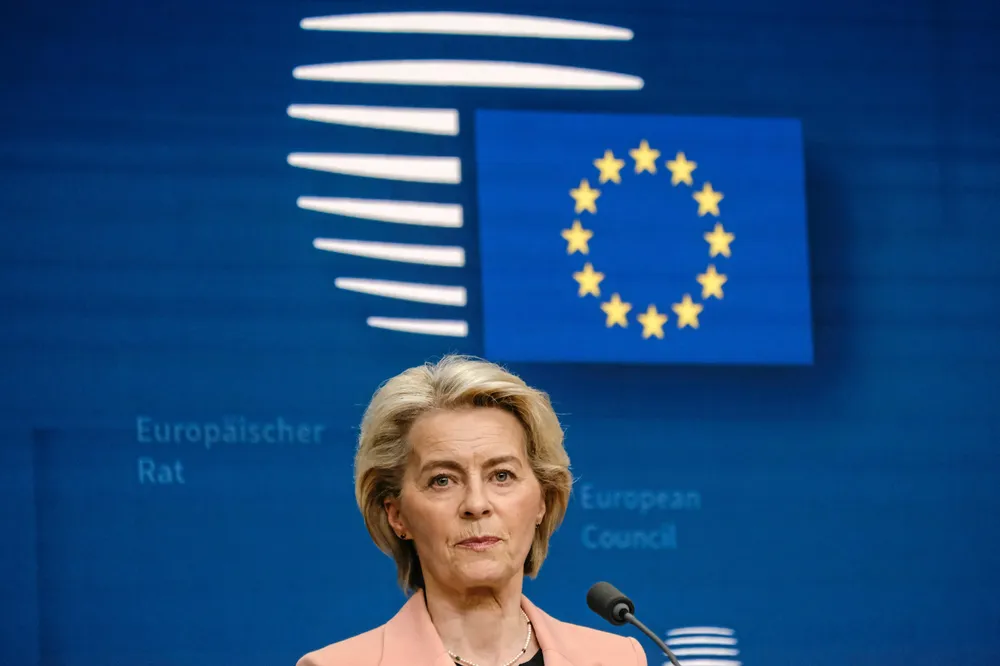EU is not even close to being on track to meet its 2030 green hydrogen targets amid slow build-out: PwC
Only 3GW of projects have started construction or reached FID, while high interest rates and inflation are making 'formerly profitable projects unprofitable'
